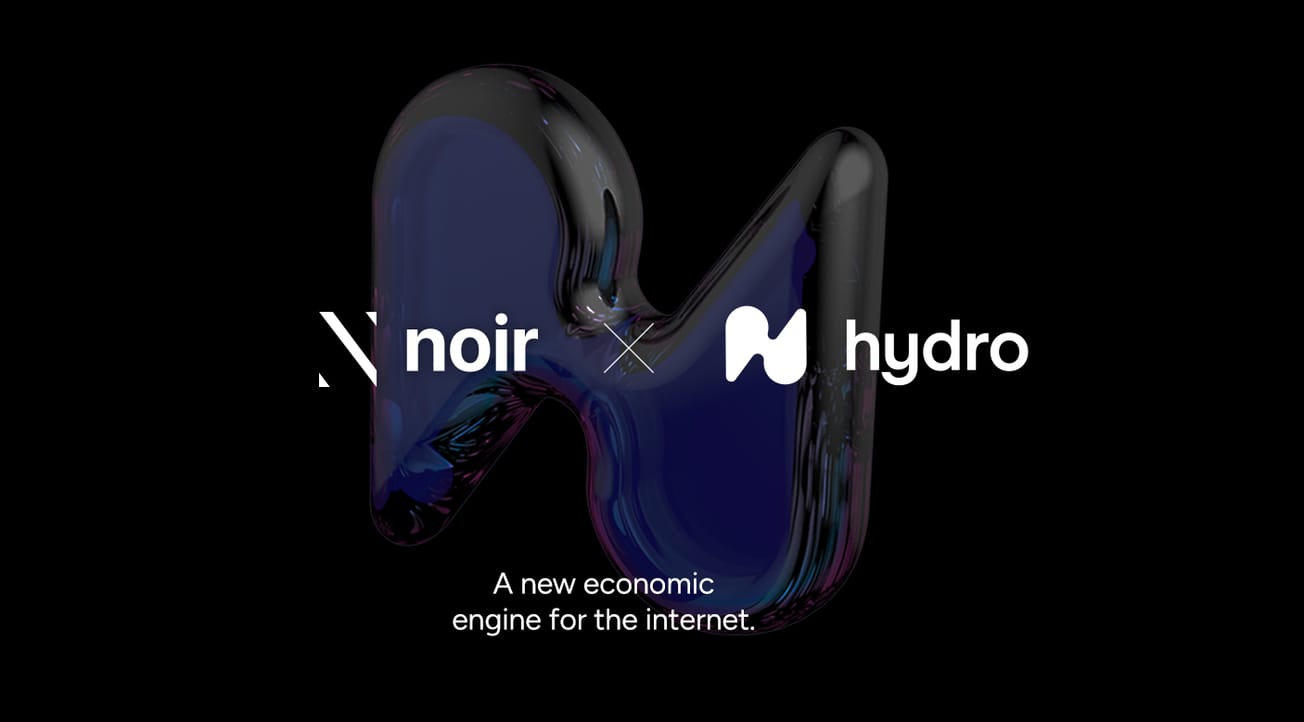As the lines between what is 'real' and what is 'computer-generated' continue to blur, the potential for virtual reality (VR), augmented reality (AR) and extended reality (XR) technologies to change our world becomes more apparent.
How we play. How we exercise. And almost certainly how we do business.
While gaming has made most of the early running as metaverse ecosystems have come online, there is a sense that the real value of simulated worlds has yet to be unlocked.
A New Way to Do Business
Ask any metaverse maximalist and they’ll tell you: this tech represents the next logical step in the evolution of the internet. Thanks to the metaverse’s shared 3D environment, which can be accessed by anyone, anywhere, the potential for commercial opportunities in emerging virtual worlds is staggering.
From a business standpoint, the metaverse provides a new way to network, to reach and engage customers, and to achieve efficiencies through increased sales, reduced costs, and fresh revenue streams.
There are already a number of businesses already operating in VR, of course – mainly gaming companies, NFT marketplaces, software startups offering headsets, creator tools and the like. These entities, however, are just scratching the surface of what is possible.
Many companies are starting to tinker with AR and VR systems and implementations, including in the manufacturing process. Indeed, a recent report suggests that the global AR/VR manufacturing market could be worth $27.9 billion by 2028. Use-cases include digital clones (warehouses, retail stores), AR cargo management, metaverse staff training, simulated assembly line utilization, and more.
As the technology continues to develop, we will see more businesses enter the space, and in particular investment from traditional markets as they recognize the metaverse as a valuable new platform for business.
Of course, the industry remains still in its infancy – which means that there are many unknowns when it comes to security and safety. This lack of knowledge could make the metaverse a foreboding place for many businesses and individuals alike.
While the metaverse has a somewhat playful image at present, it comes with its own risks, particularly in terms of data privacy. In fact, it’s not hard to see these risks leading to serious consequences in the real world: identity theft, financial loss, even physical harm.
Engines of Growth
The future of the metaverse is shrouded in potential, but fraught with uncertainty. Despite the many unknowns, however, a number of factors suggest the metaverse will become an increasingly important part of our lives in the years ahead.
One key driver of the metaverse will be advances in technology, particularly in fields such as artificial intelligence (AI), quantum computing, and nanotechnology. These technologies will enable new forms of interaction and experiences within virtual environments that were previously unfeasible.
In addition, the metaverse will be fuelled by the growing popularity of social media and gaming. As more people turn to these platforms for entertainment and connection, they may demand more immersive and personalized experiences. Which could in turn inspire a boom in demand for products and services which allow users to create their own avatars, worlds, and adventures.
As VR/AR/XR technology becomes more widespread, companies are likely to explore ways to use it for marketing, training, employee collaboration, and other purposes. This could help to accelerate adoption of the metaverse and make it an indispensable part of our lives.
Whichever approach businesses choose, it is vital to have a clear understanding of what they want to achieve from their involvement in virtual worlds. With careful planning and execution, businesses can exploit emerging use-cases to their benefit and pioneer products and services powered by this futuristic technology.









